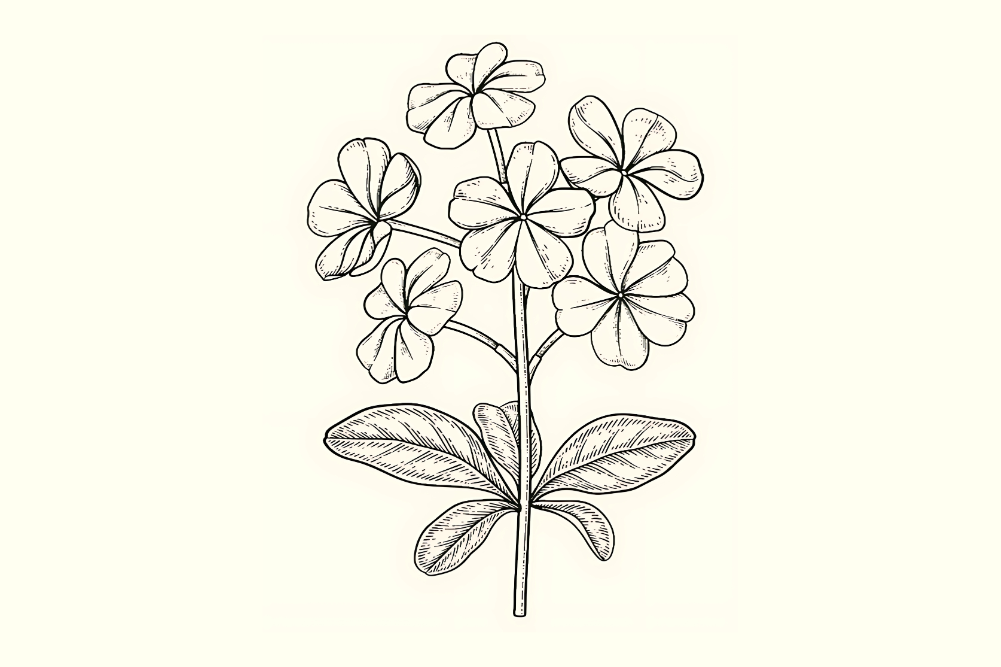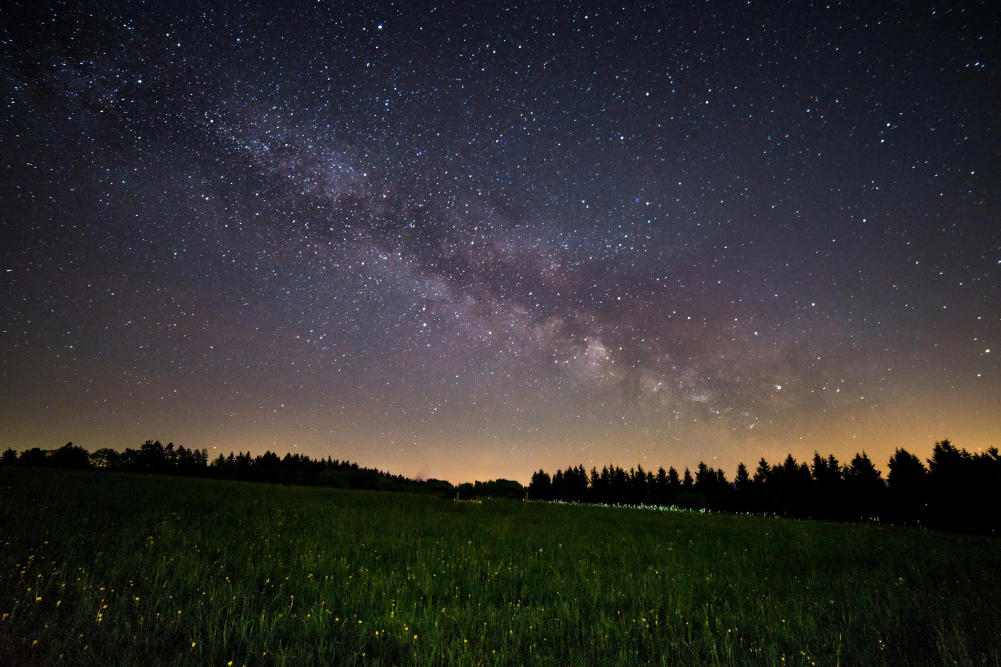Is harvesting seaweed the solution to climate change
Many solutions are being promoted for tackling climate change. They range through planting trees to wind power and soil carbon sequestration. Yet one of the most promising is found in the ocean rather than on land. It involves the growing, and sometimes harvesting, of seaweed.
Seaweed is a type of algae, often referred to as a macroalgae due to its comparatively large size. An important part of the marine ecosystem, it grows in many coastal regions. While the gathering of seaweed as food dates back as far as the Neolithic period, commercial seaweed cultivation really began in Japan in the 1670s. The modern seaweed era started in the 1940s and 1950s, with the farming of nori, again in Japan. Nori is well known to many people as the thin sheets used to wrap sushi.
Unlike most other farmed crops, seaweed does not require any inputs other than carbon dioxide and sun. To help protect seaweed in its natural habitat, it makes sense for farming to meet harvesting needs, leaving the naturally growing variety undisturbed. Today, the global seaweed industry is worth US$13 billion (A$18 billion/NZ$20 billion) a year. About 98 per cent of production occurs in the Southeast Asia and East Asia regions, with the top producer being China, followed by Indonesia.
Seaweed cultivation is expanding in various part of the world. It represents the fastest-growing area of food production, expanding at an estimated 12 per cent a year, of which most is for food. Among the many new seaweed projects is one run by the Narungga Nation Aboriginal Corporation near Point Pearse in South Australia. In New Zealand, a seaweed-growing masterplan supported by Auckland Council, among other bodies, is looking at areas that include the Hauraki Gulf and the Bay of Plenty on the North Island.
The regenerative 3D model
The liquid medium of the ocean allows gravity to be used to create vertical seaweed cultivation systems that extend downwards, maximising yield from a small area. This model, which was pioneered by a North American company called GreenWave, theoretically has the capacity to supply much of the world with nutritious food, if scaled up sufficiently. Seaweed generally likes shallow, cool, nutrient-rich water in rocky coastal areas. It has been estimated that 48 million square kilometres of sea and ocean worldwide could be used for seaweed farming, representing 13 per cent of the world’s total ocean area.
GreenWave started in 2013, growing out of Thimble Island Ocean Farm, run by its founder Bren Smith in the Long Island Sound. Pursuing an urgent environmental mission, its emphasis is on collaboration and the creation of networks, offering free training for would-be farmers. GreenWave is applying an integrated model to the industry; each new ocean farming hub that it establishes has 25 to 50 farms, a land-based hatchery and processing hub, a number of “institutional buyers” and entrepreneurs developing seaweed products.
One important yield-increasing feature of GreenWave’s model is a mutually beneficial polyculture, where kelp is grown alongside mussels, oysters and scallops, suspended from buoys. These shellfish help seaweed grow by filtering pollutants from the water, in turn allowing greater light penetration. Kelp helps the shellfish by absorbing carbon, adding oxygen and removing ocean acidity in the vicinity, a phenomenon sometimes known as “buffering”.
Seaweed as a food is a source of protein, iodine, omega-3 oil, fibre and minerals. Pia Winberg, a University of Wollongong marine ecologist and Australian seaweed industry entrepreneur, suggests that substituting foods such as wheat and meat products with 10 per cent seaweed would have a major positive environmental impact. Seaweed circumvents nearly all of the negatives associated with farming on land, one of which is its substantial contribution to biodiversity loss.
Shellfish were identified in a 2018 study as having a very small carbon footprint that was widely described as lower than eating a vegan diet. On the downside, due to their impressive filtering abilities, shellfish contain a higher concentration of chemicals than most other types of seafood, and can contain biological toxins. Purchasing from an established retail outlet ensures that they have been tested for safety.
Eyes on kelp
Of the different seaweed types, kelp has the most potential. It starts life on the ocean floor in shallow areas that are exposed to some level of sunlight, and then grows upward in dense formations that are known as “kelp forests”. It also grows extraordinarily fast, up to 60 centimetres per day, and can reach lengths of 40 metres. In Australia, kelp is found off Victoria, South Australia and Tasmania. New Zealand has kelp growing off the North and South Islands.
Winberg runs a remarkable on-shore kelp farm that is located next to a wheat refinery at Huskisson, near Nowra in New South Wales. Operating since 2020, it utilises carbon dioxide from the wheat fermentation process, plus waste nitrogen as a fertiliser and salt water from the adjacent estuary. According to Winberg, a one-hectare kelp farm can produce as much food as 50 hectares of wheat, and kelp can produce more protein than an equivalent area of land devoted to cattle.
Carbon-negative
Kelp is the world’s fastest-growing source of biomass, and has impressive abilities in sequestering large quantities of atmospheric CO2 via photosynthesis, in turn helping to reverse carbon-driven ocean acidification. Unsurprisingly, this carbon-negative quality has been attracting significant interest.
A recent study has found that 120kg of carbon is sequestered per tonne of seaweed grown, about 20 times more per hectare than for land forests. According to a 2016 paper in Nature Geoscience, seaweed removes around 175 million tonnes of carbon a year. To put this in perspective, it is about 5 per cent of the carbon emissions from the world’s passenger car fleet. However, if scaled up, kelp and other seaweeds could absorb far more; the climate solutions body Energy Futures Initiative estimates that kelp has the capacity to sequester anywhere from 1 to 10 billion tonnes of carbon annually.
GreenWave is actively involved in this area, with its proposed Kelp Climate Fund. In exchange for supplying the company with a range of useful data, seaweed farmers will be paid a small amount for the environmental benefits (carbon removed, nitrogen removed and kelp reef restoration) of their work. Operating like a subsidy, this will amount to US 10 cents for every pound of projected yield. From 2023 onward, it is expected to be paid to any approved farmers in the US.
An important consideration is the long-term fate of the seaweed-sequestered carbon. Initially it was thought to be rereleased into the atmosphere when it decomposed. More recently, it has been discovered that a substantial proportion sinks to the bottom of the ocean, which represents a long-term carbon sink. This has prompted plans for kelp to be grown on a large scale and then deliberately sunk.
Another company looking at scaling up is the oddly named Pull to Refresh. Driven by an environmental mission, like GreenWave, it plans a fleet of semi-autonomous boats pulling floating trellises made from steel wire, with structures that grow giant bladder kelp. The concept was initially tested using a fishing boat on a lake in Northern California. Third-party verification of carbon sequestration is central to the process, which will rely on modelling because accessing the deep ocean to perform real-world calculations is unrealistic. One idea is the use of biodegradable floats, so that after about six to nine months they break down, and the seaweed sinks to the bottom without manual intervention. A second company pursuing a similar model is Running Tide Technologies, based in the US state of Maine.
There are a few uncertainties surrounding such a large-scale undertaking. It is unknown how much larger quantities of seaweed falling to the sea floor will upset the ecological balance. Millions of buoys in the ocean could block the migration paths of marine animals, and shipping and boat movements will need to be factored in.
A multipurpose crop
Kelp and other seaweeds are a little like hemp in that they have a wide range of possible end uses. Starting about 45,000 years ago, kelp was used as a water carrier by Aboriginal people in Tasmania, who were attracted by its strength and impervious quality.
In addition to offering a habitat that enhances marine biodiversity, and being a food, seaweed is suitable for fertiliser, animal feed, biofuel and biomaterials, and as a compost and a pharmaceutical feedstock. Research is continuing in the fields of textiles and plastic. In many of these cases, seaweed represents a promising low-carbon substitute for high-carbon products.
Being nutrient-rich, seaweed makes an excellent fertiliser, and is often sold in liquid form. Joost Wouters runs The Seaweed Company, which has farms in Ireland, Morocco and India, and much of whose harvest is used for food and animal feed. One benefit of its seaweed extract is that, as a “biostimulant”, it increases the carbon absorption of the soil, according to the company’s figures, by up to 20 tonnes per year.
Selling seaweed to multiple industries is a good way to maximise its uptake, and the Australia Seaweed Institute is actively promoting a range of end uses. Two suggested carbon-negative types of seaweed product that can store the sequestered CO2 over a long time period without biodegrading are bioplastics and biochar. Winberg’s farm produces food-grade kelp whose seaweed extracts are used for food, cosmetics and medicinal products.
Reining in methane
Ruminants are animals that produce methane through the process of grass digestion. While this family includes sheep and goats, most attention is given to grass-fed cows. Brown Asparagopsis seaweed contains the chemical bromoform, and research carried out in Australia by the CSIRO has discovered that adding small amounts of this seaweed inhibits the enzymes in ruminant stomachs that produce unwanted methane, a greenhouse gas that has 28 times the global warming potential of carbon dioxide.
Asparagopsis has been found to cut methane production in cows by up to 99 per cent, based on in vitro studies. Because this seaweed is considered invasive in most parts of the world, selective heavy harvesting from the wild would be a positive environmental outcome.
CH4 Global is a seaweed-focused company active in Australia and New Zealand, driven by a mission of creating zero-methane agriculture using cultivated Asparagopsis. It has ties to the CSIRO FutureFeed additive that is currently under development and is not yet commercially available.
On the downside, limited safety studies suggest that contamination by bromoform may be found in the milk of cows fed seaweed, but not their meat. Bromoform is ozone-depleting, but is also short-lived in the atmosphere. A further challenge is how to regulate seaweed intake for grass-eating free-ranging cows.
Rescuing the kelp forests
Sadly, kelp has been disappearing in the wild. Over an 80-year period, 95 per cent of the giant kelp forests in Tasmania have disappeared. The culprits are ocean acidity and ocean warming, driven by climate change. Warmer nutrient-poor water has been reaching Tasmania via the East Australian Current. This increase in water temperature has destabilised the ecological balance, causing an explosion in the population of sea urchins, which eat everything on the seabed, including kelp.
A similar worrying trend has been noticed in kelp off the coast of Northern California, where an additional factor is silt from agricultural runoff.
In order to reverse this depressing trend, the Giant Kelp Restoration Project is under way in Tasmania. It involves fertilising kelp spores in a laboratory and bolting the young plants to the ocean floor. The three sites selected were former giant kelp forest locations, where it once grew but has since disappeared. Two were a success, while the third failed after being covered with ocean sediment. The goal is for reproduction in these areas, hopefully causing the new giant kelp areas to expand in size.
Kelp Blue is a company involved in replanting kelp forests around the world, driven by the goal of helping to curb climate change. A pilot project is running in Namibia. As in Tasmania, this involves a combined hatchery and nursery, where the spores are propagated and young seaweed grown. Kelp Blue harvests the kelp canopy for a range of purposes, while leaving the rest to boost ocean health and as a carbon sink.
Several companies in this field are all thinking alike, with a similar mission for fast-tracking the roll-out of seaweed to combat climate change and to use as a sustainable material for various products. Hopefully they will be able to overcome technical challenges and scientific uncertainties to make a positive difference.
Resources
GreenWave greenwave.org
Kelp Climate Fund greenwave.org/kelp-climate-fund
Pull to Refresh pulltorefresh.earth
Running Tide Technologies runningtide.com
CH4 Global ch4global.com
Kelp Blue kelp.blue
Australian Seaweed Institute australianseaweedinstitute.com.au







